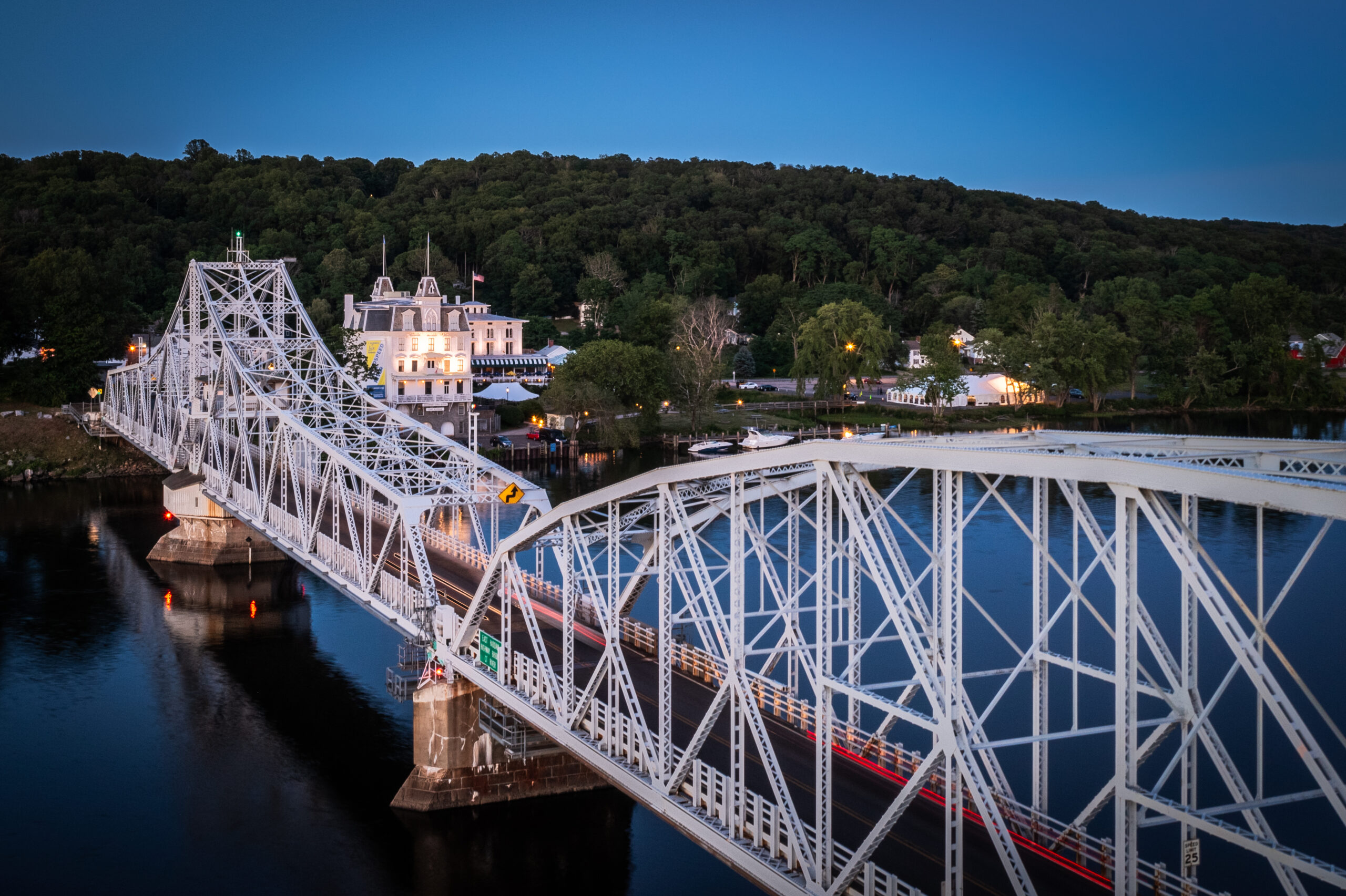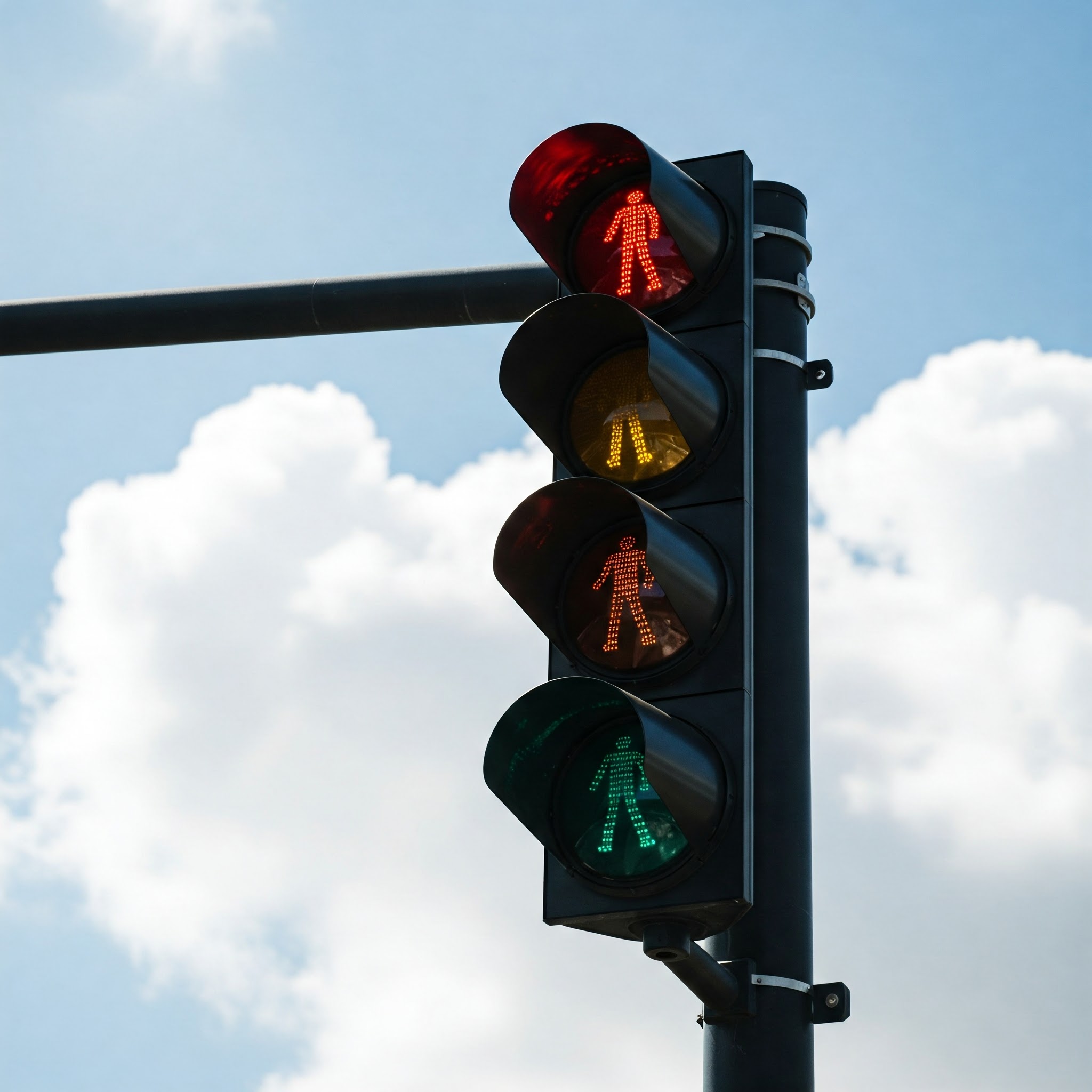In a small, picturesque town like East Haddam—known for its charm, natural beauty, and tight-knit community—the idea of installing automated traffic enforcement safety devices is as baffling as it is unnecessary. With no traffic lights in town, the justification for these devices becomes questionable, raising concerns about priorities, fiscal responsibility, and the broader goals of serving the community.
A Solution in Search of a Problem
Automated traffic enforcement systems, such as speed cameras or red-light cameras, are typically deployed in areas with significant traffic congestion, high accident rates, or a documented need to curb dangerous driving behaviors. East Haddam does not meet these criteria. The town’s lack of traffic lights and relatively light traffic flow render the installation of such devices not only impractical but also counterintuitive. Without the infrastructure or traffic patterns that warrant automated enforcement, these systems become a solution in search of a problem.
Misplaced Priorities and Fiscal Concerns
The installation and maintenance of automated traffic enforcement systems come at a considerable cost. In a town with finite resources, every dollar spent on unnecessary projects is a dollar that could be better used elsewhere. East Haddam’s leadership should focus on initiatives that provide tangible benefits to its residents, such as improving local roads, enhancing public services, or investing in community programs. Spending money on frivolous measures like automated enforcement devices undermines trust in local governance and suggests a lack of thoughtful prioritization.
Better Ways to Promote Public Safety
Instead of pouring resources into unnecessary technology, East Haddam should explore more meaningful ways to ensure public safety. These might include:
1. Community Engagement: Educating residents and visitors about safe driving practices through community campaigns can foster a culture of awareness and responsibility.
2. Traffic Calming Measures: Installing speed bumps, better signage, or other simple physical deterrents in key areas can effectively manage speed without the need for costly automated systems.
3. Targeted Enforcement: Partnering with local law enforcement to address specific traffic concerns on an as-needed basis is a far more efficient and personalized approach to maintaining safety.
4. Transparent Discussions: Opening a dialogue with residents about their concerns and priorities can help ensure that resources are directed toward projects that matter most to the community.
Focus on What Matters
East Haddam’s charm lies in its simplicity, community spirit, and natural surroundings. Installing automated traffic enforcement devices not only clashes with the town’s character but also detracts from more pressing concerns. Leaders should focus on initiatives that align with the town’s needs, promote meaningful safety improvements, and respect the fiscal constraints of a small community.
In conclusion, East Haddam’s resources and efforts should be directed toward endeavors that truly serve its citizens. By prioritizing thoughtful, impactful projects over wasteful expenditures, the town can continue to thrive while preserving its unique character and values. Automated traffic enforcement in a town without traffic lights? Let’s keep the discussion grounded in reality and common sense.



Leave a Reply